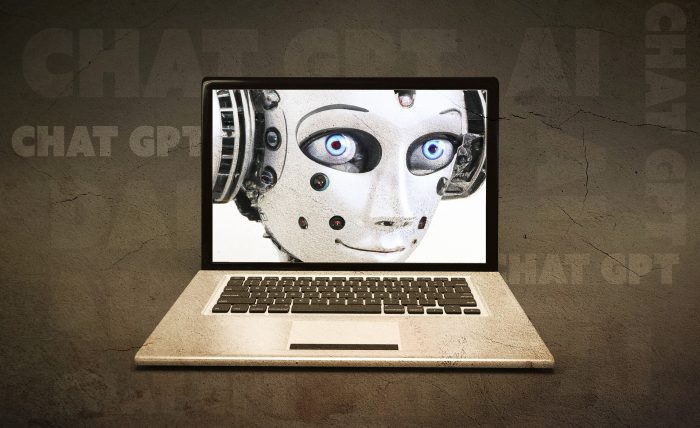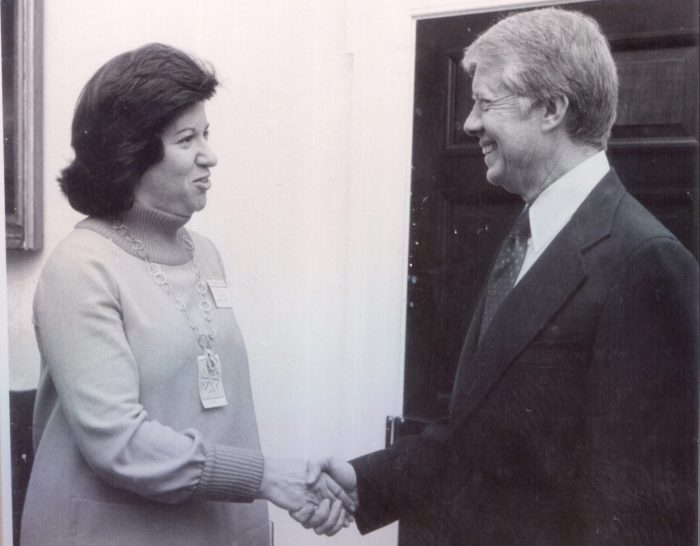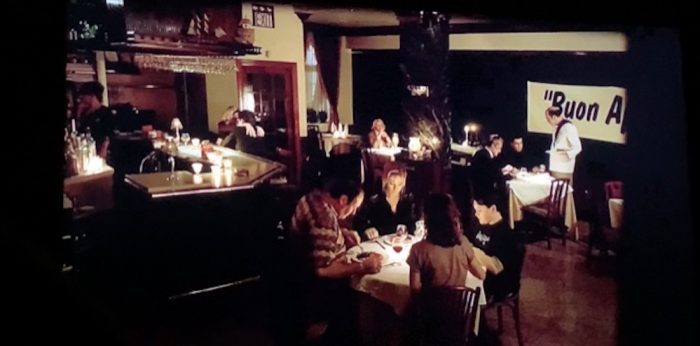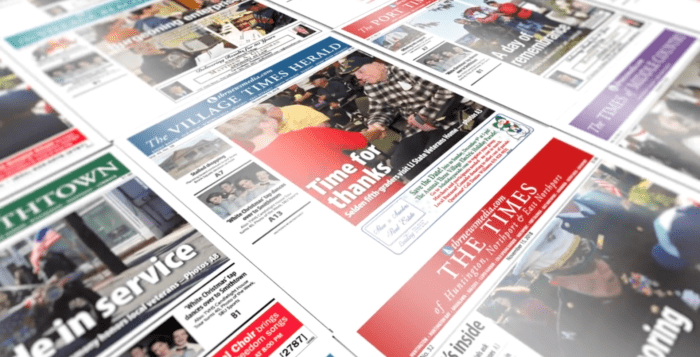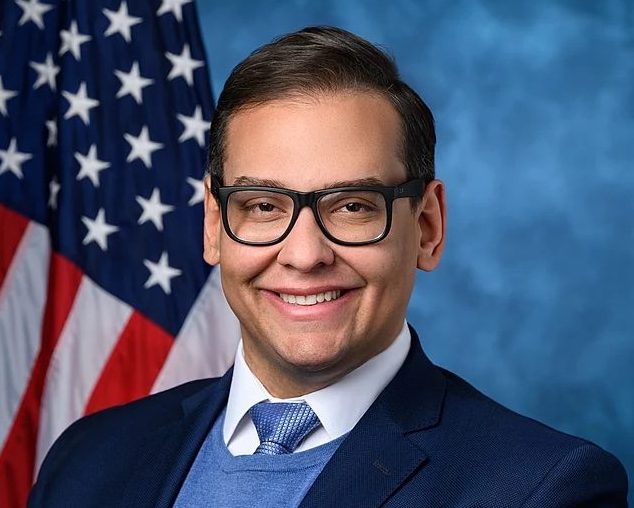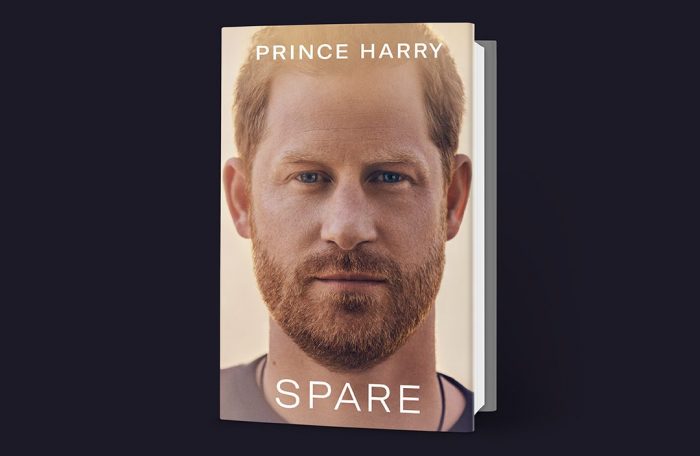By Leah S. Dunaief

To see how it worked, when I got the link for ChatGPT, the Artificial Intelligence or OpenAI software sent from my grandson, I asked it to write 650 words about Franklin Delano Roosevelt. Why FDR? I had just finished reading a book about FDR’s “Splendid Deception,” the ways the president hid his polio infirmity from the American public, and he was on my mind.
So, I am going to let you see what was written immediately, on command, in less than five minutes before my disbelieving eyes. Remember, this was authored by a robot.
President Franklin D. Roosevelt, commonly known as FDR, is remembered as one of the most influential and transformative leaders in American history. During his 12-year tenure as President, he led the United States through some of its most challenging times, including the Great Depression and World War II.
FDR was born into a wealthy family in Hyde Park, New York, in 1882. He attended Harvard University and Columbia Law School before beginning a career in politics. He served as a New York state senator from 1910 to 1913, and later as Assistant Secretary of the Navy under President Woodrow Wilson.
In 1921, at the age of 39, FDR was struck by polio, which left him paralyzed from the waist down. Despite this setback, he remained active in politics and was elected Governor of New York in 1928.
It was during the Great Depression, however, that FDR’s leadership would truly shine. When he took office in 1933, the country was in the midst of the worst economic crisis in its history. Millions of Americans were out of work, banks were failing, and confidence in the government was at an all-time low.
FDR responded to the crisis with a bold and ambitious plan to revitalize the economy, which he called the New Deal. The New Deal included a range of programs and policies designed to provide relief to the unemployed, stimulate economic growth, and reform the financial system.
One of the most famous New Deal programs was the Civilian Conservation Corps, which provided jobs to young men in conservation and reforestation projects. Other programs included the Agricultural Adjustment Act, which sought to stabilize crop prices and support farmers, and the National Industrial Recovery Act, which established codes of fair competition for businesses.
FDR’s New Deal was not without its critics, who argued that it represented an unwarranted expansion of federal power and an infringement on individual liberties. But for many Americans, especially those who were struggling to make ends meet during the Depression, FDR’s bold leadership and willingness to take decisive action were a source of hope and inspiration.
FDR was also a key figure in American foreign policy during World War II. When the war broke out in Europe in 1939, he declared that the United States would remain neutral. But after the Japanese attack on Pearl Harbor in 1941, he led the country into the war with a resolve and determination that would help turn the tide against the Axis powers.
FDR was instrumental in building the alliance with the Soviet Union and the United Kingdom, which would eventually lead to victory in Europe. He also played a key role in the development of the atomic bomb, which would be used to end the war in the Pacific.
Despite his many accomplishments, FDR was not without his flaws. Critics have accused him of overreaching in his use of executive power, and of turning a blind eye to human rights abuses committed by the Soviet Union during the war. But his legacy remains one of visionary leadership and bold action in the face of crisis.
FDR’s famous quote, “The only thing we have to fear is fear itself,” has become a rallying cry for leaders in times of crisis. It reflects his belief that the American people had the strength and resilience to overcome even the most daunting challenges, and that with the right leadership and the right policies, anything was possible.
Today, as the United States faces new challenges, from economic inequality to political polarization to climate change, FDR’s legacy remains a source of inspiration and guidance. His commitment to bold action in the face of crisis, his belief in the power of government to make a positive difference in people’s lives, and his unwavering faith in the American people, continue to resonate with us today.
How do teachers distinguish what was written by a student or by the bot? By the same token, having a bot help in other contexts, such as planning a schedule or working up a travel itinerary can be a huge help. ChatGPT, launched this past November, can analyze content from a wide range of information on the internet and then create original content. But is it always correct information? Will the bot take jobs from humans? Or will it merely offer a baseline of information upon which humans can then add more nuanced input?
Stay tuned.

